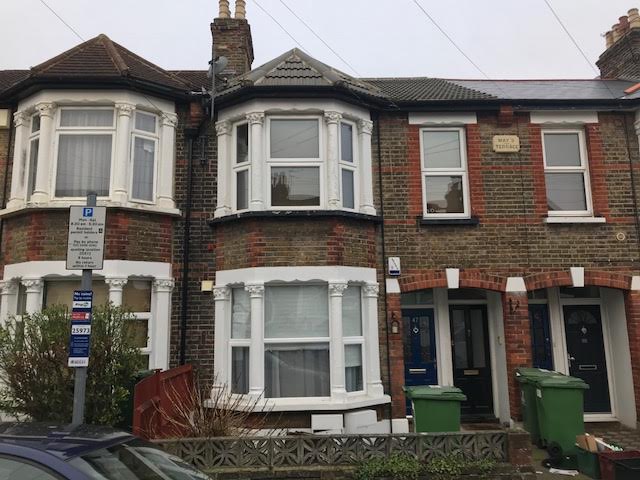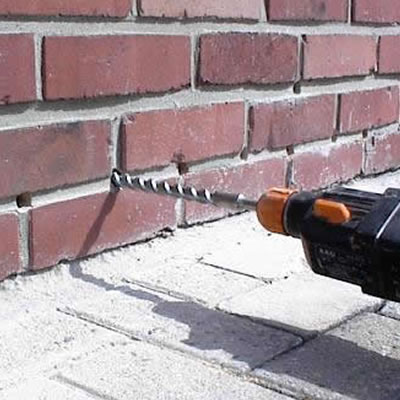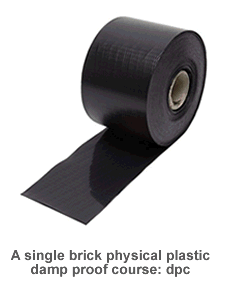askaspecialist.co.uk
Reproduced With Permission

Damp Proofing
Do you need to remove plaster in order to put in a injected damp proof course? alternatively is installing solid wall insulation at the same time a good idea?
We’ve been advised to reinstate injected damp proofing a 1920’s semi. Previously undertaken about 30 years ago. We understand we need to remove the plaster to a meter up to guarantee the work. Is there anyway to avoid this?
Alternatively, we are considering taking it all off and fitting internal (solid wall) insulation. We are only really considering this for a staircase wall – how long would a job like this take and what kind of prices might we be looking at? Any advise would be welcome.
Finally, I have come across rolls of DPC that go into a course of bricks instead of a chemical injection, any experience, knowledge or advise on this would appreciated?
Many thanks in advance


Answers from Net-Trust Approved Contractors:
Best Answer
Great question, I can understand your confusion.
Ok, firstly. The plaster will need removing to eradicate any trapped moister within the substrate. The plaster requires hacking off to a height of 1.5 meters because water can rise to 1.2 meters, at 900mm gravity tends to stop the rise, however the plaster being porous can “wick” the moister to around 1.2 meters high, so remove it to 1.5 meters to be sure.
A chemical DPC is injected into a chosen bed-joint, preferably below floor height. It’s aim is to be sucked into the brickwork to form an integral layer to which water cannot penetrate. The rolls of DPC you’re referring to are place on the mortar bed-joint when the property is being built. To retrospectively install a ‘physical’ DPC is a time consuming, expensive and unnecessary business; this is why chemical injection DPC is the preferred option.
The walls will fill naturally with debris from the cavity, this can fill up past the DPC level and form a direct passage for moisture and in most cases wet rot etc. If you inject the walls on top of this, it would amount to trying to stop the titanic sinking using an egg cup……..it won’t work. Unfortunately most people these days advise a hack off, injection and re plaster…..this in turn will fail within 3 to 4 years, but they have been paid and you are left in the same situation.
The solution would be to chemically inject the walls with a rated (not a certain ebay bought fluid!) injection fluid. Then the internal side of the wall can be tanked, it works like a swimming pool effect, holding any and all water out of the internal finish of plaster. The walls can then be further treated in a certain way to a finish for decoration.
This way, if properly installed by someone who knows what they are doing will be able to then give you and insurance backed 30 years plus guarantee and it will be the end of your issues. I have purposefully left out little details of the exact way to install as this can be read by anyone, and it cost us quite a lot to become a registered approved installer so we have to be careful ha ha.
Anyway, hope this helps, good luck, and try not to let it get you down.
![]() Martin Sykes
Martin Sykes
Answered 19th October 2020



